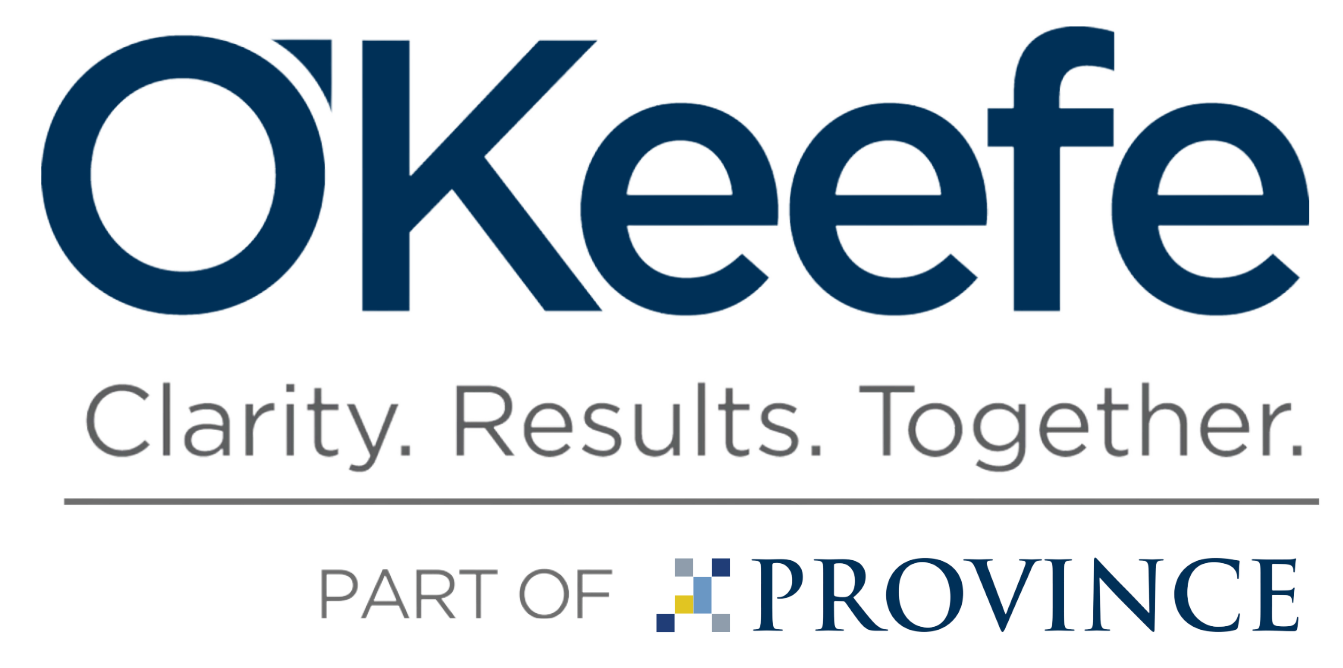Uncertainty in Higher Education
By Susan Koss, Partner and Managing Director
The rising cost of college and related student debt is a huge problem facing the country. According to the Federal Reserve Bank of New York, student debt currently sits at a massive $1.31 trillion. In just 4 years, national student debt has grown approximately 36%. This trend has been caused by ever-increasing tuition costs over the last 20 years.
According to the College Board, during the last five years alone, the average cost of tuition rose by 9% in the public four-year sector, by 11% at public two-year colleges, and by 13% at private nonprofit four-year institutions, after adjusting for inflation.
The affordability of an education is an even bigger issue when you consider the increasing reliance on debt by colleges and universities. But why is this happening when tuition costs continue to escalate so rapidly? According to Moody’s, a credit rating agency that monitors credit of certain universities, there are a variety of reasons including changes to state and federal funding. Most public universities rely on tax dollars to survive. Changes in state funding can vary greatly depending on each state’s economic conditions and policy priorities. Consequently, state funding continues to be an area of greater uncertainty for public universities.
Uncertainty in federal funding continues to present risk as the Trump administration plans certain cuts in 2018. Where most state funds are used towards specific public institutions, federal funding is generally awarded through student aid and research grants. State funding goes primarily to public institutions, while federal funding goes to students at public, private and for-profit colleges, and to researchers at public and private universities.
Colleges and universities face many of the same financial pressures our public K-12 schools are experiencing such as rising labor costs and pension liabilities. Such pressures have forced colleges and universities to find other revenue sources. New sports stadiums, medical centers and dormitories provide non-educational revenue that help offset increasing costs and declining funding while also providing state-of-the-art facilities to attract new students.
However, many of these facilities are being constructed with debt financing, thereby creating greater financial risk and uncertainty, since the ability to pay back the debt may be hindered if the new revenue falls short of projections. Given the rapid growth in online learning at colleges and universities, adding real estate to increase revenues can be a very risky endeavor.
These institutions must focus on restructuring their operational costs and tuition. Since new students will be primarily concerned with minimizing their student debt, the challenge becomes reconciling the financial goals of the student and the institution. For institutions with excess capacity, revisiting the eligibility requirements for in-state or discounted tuition may provide competitive opportunities that were previously overlooked. To cut costs, programs should meet the demands of new students, thereby avoiding overstaffed and underutilized departments. In addition, an embrace of modern technology will provide opportunities to eliminate outdated administrative or educational processes while furthering the development of online education, which will provide both cost cutting opportunities and a competitive position in a growing segment of the market.
The only certainty in today’s higher education system is that it is flawed in many ways. There seems to be no end in sight to the rising costs and rising debt. How will the Trump administration deal with these issues going forward? Will the administration find real solutions to the problems facing colleges and universities and students and their families? Will the educational institutions implement the operational and financial restructuring necessary to remain viable? Only time will tell.


